Fashion designer Selly Raby Kane presented on day 2 of Design Indaba Conference
SHUBHANKAR RAY (G-Star Raw’s global brand director)
Popular quotes:
- “Context is the thing that gives advertising power.”
- “A brand’s gotta stand for something in the 21st century.”
“Context is the thing that gives advertising power.” These are the words of Calcutta-born Shubhankar Ray after walking on stage at the Design Indaba conference to catchy beats with lyrics about coming “from Compton”. Brains behind past campaigns for shoe brands like Camper and Caterpillar, G-Star Raw’s global brand director starts his presentation off by introducing audiences to a book he’s written, made out of waste and by-product, called Molecular Brand Chemistry.
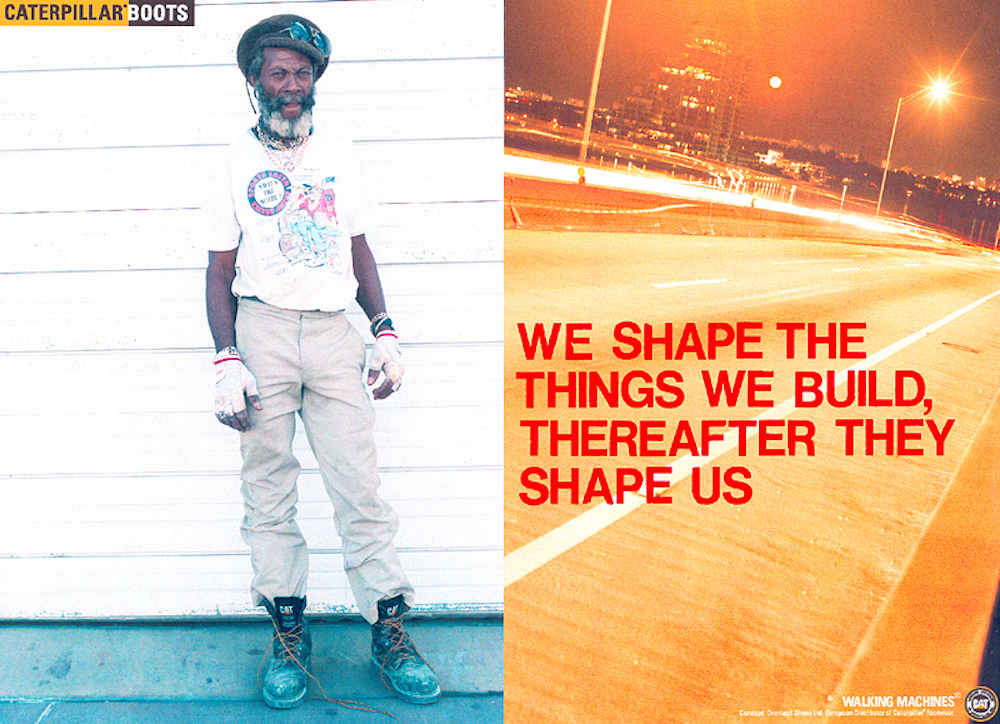
“You’ve gotta ask yourself, ‘what is the context of the world?’” he asks, philosophically. “I try to look at brands at an atomic level,” Ray says about the content of the book and his work ethos. “I break brand’s down atomically … [and] look at brands and their association with audiences.”
Other brands Ray has refreshed, according to the Indaba, include Levis, Stride and Travel Fox, as well as ad-hoc projects for Sony, the United Nations and Prince Charles’s charities – The Prince’s Charities. “A brand’s gotta stand for something in the in 21st century,” he insists, while focussing on the content of brands and how they pertain to society. “The content [of a brand] becomes critical … to have any relevance in modern culture,” he says, while adding that the message in advertising that sticks in the minds of audiences “is the one that has relevance”.
Sharing chapters from his book, Ray insists that “we live in a time where everyone is cool, so you have to do something interesting to become noticed”. He projects prior branding campaigns he was a part of for Camper, and explains that he tweaked the brand’s image for ads based in India or the Mediterranean, but maintained the brand’s identity. “I was taking stuff that wasn’t cool and made it cool. I was recycling reality,” he says about using ordinary people in his Camper campaigns.
Later, when working with G-Star Raw, this changed, and he looked to the celebrity to be at the front of ad campaigns. “Fashion is always about breaking codes,” he shares as part of his book’s chapter: “Creative Disruption”. So, he says, it’s important to “Put your money where your mouth is or your balls in the fire”. The information your brand dishes out, he says, “cant be shit because audiences are savvy”.
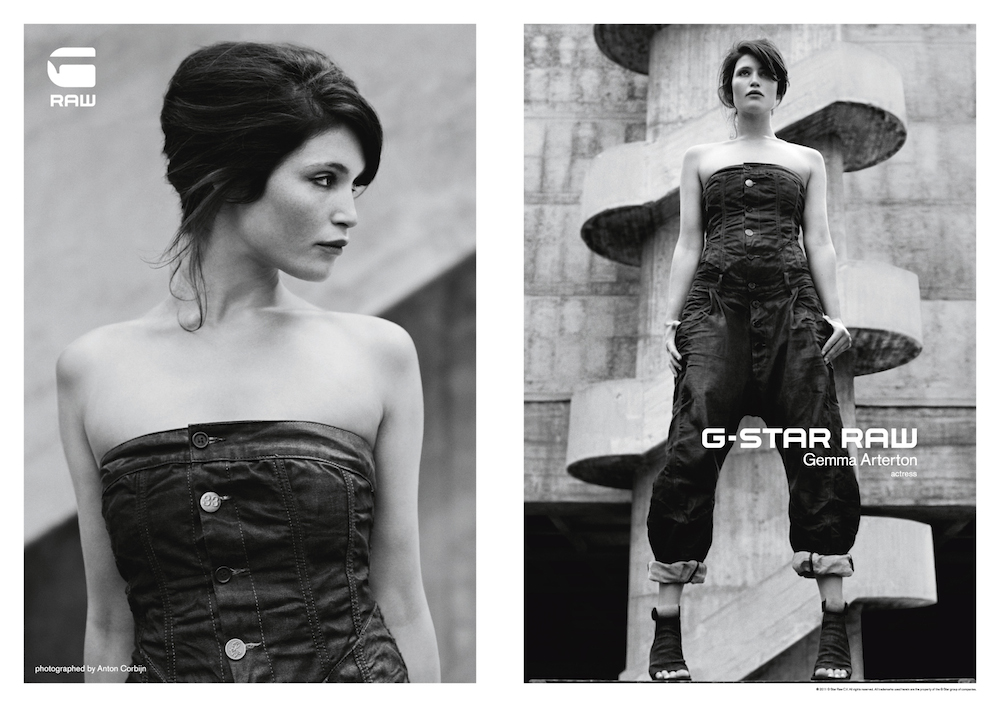
Ahead of his last point, Ray looks at the mash-up of “art and mall culture” and “high and low” art, which have resulted in boundaries becoming “arbitrary and artificial”. “Everywhere it’s blurred,” he adds. “Men-women, right-wrong, east-west.”
OMAR VICTOR DIOP (photographer)
Popular quotes:
- “Senegal doesn’t have many resources, but we have people.”
- “We still have a lot of work to do” in terms of race relations.”
“Senegal doesn’t have many resources, but we have people,” is how Senegalese photographer starts his Thursday morning presentation. Showing captivating slides, the Dakar-born artist keeps in tune with social media trends but using the #ThrowbackThursday hashtag on his slideshow to evoke Senegal’s artistic masters, starting with the country’s former president and poet Léopold Sédar Senghor.
“Our first president was an artist,” he says proudly, while projecting images of legendary writers like Senegalese anthropologist Cheikh Anta Diop, creative greats such as filmmaker Ousmane Sembène and movie Touki Bouki, which, he says, “is the best African movie and tells you a lot about where I come from.”
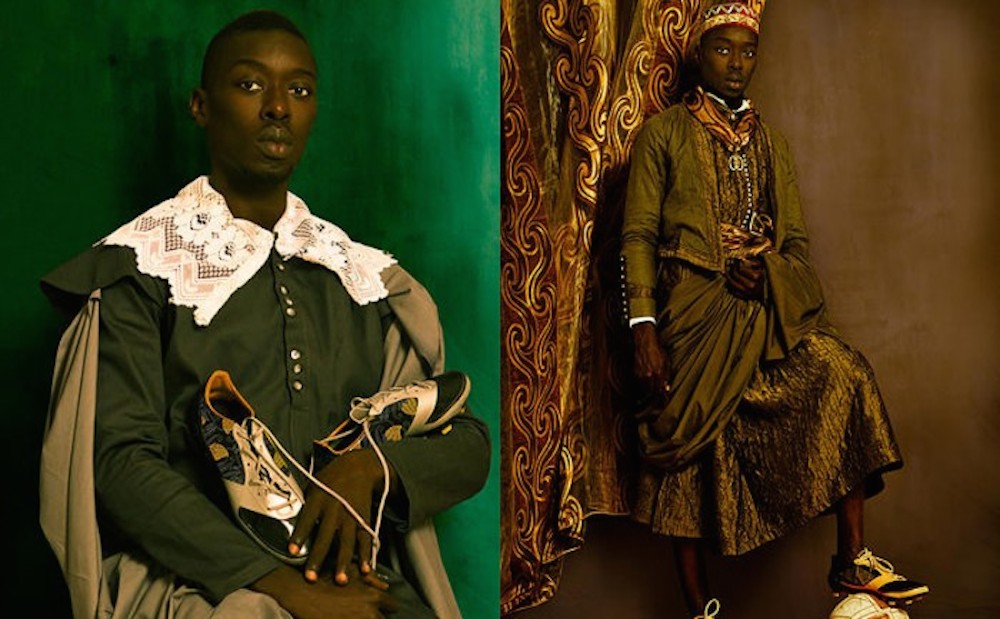
Coming from a family of lawyers and accountants, Diop remembers how he left a “good job” in the corporate world to become a photographer after he was invited to showcase his first photographic series at the Bamako photo festival.
Next up in his career, the photographer decided to move slightly away from his fashion focus, on to portraiture. “This portrait tradition is something that I want to continue,” he says about following in the footsteps of photographers like Senegal’s Mama Casset – one of the country’s pioneering studio photographers.
Added to this, Diop says he wanted to take portrait photos to “contribute to this tradition, and [because it] would be a good way to show what’s happening in my dear Dakar.”
While in a residency in Spain, Victor created a series of self-portraits, titled Project Diaspora as a response to what he had uncovered while doing research there.
According to Victor, he discovered that there was 16th to 19th century Africans living in Europe who were famous at the time, but “who were left out of history books”. So Project Diaspora paid them homage. “Each photo is a recreation of a famous historic artwork depicting a figure from the African diaspora, many of them slaves or former slaves, seen through the eyes of a European artist,” according to Design Indaba.
Diop says he used imagery from the past (like wardrobe) and present (like soccer references, such as soccer balls) to also engage with relations then and now. “We still have a lot of work to do” in terms of race relations, he says. “Just look at soccer, how come people are fighting in stadiums, and insulting each other. Hence the soccer symbolic references in the series.”
Looking to the future, Diop – whose work has been on show in Europe, the US and parts of Africa – says he plans on doing the same research that he did for Project Diaspora but just looking at the Indian Ocean.
SELLY RABY KANE (fashion designer)
Popular quotes:
- “I love telling stories and expressing my inner truth.”
- “Doing fashion was the best decision.”
Senegalese fashion designer introduces her work and presentation by sharing: “I love telling stories and expressing my inner truth.”
She recaps on her introduction to fashion: “In 2007, I started drawing while [studying at Mod’Spe?] in France.” Her drawings then became a collection. “In Summer 2008, I then decided to go back to Dakar, from France, to show the collection. I got a positive [reaction], so I decided to do fashion.”
And the rest was history for Kane, whose fashion eponymous label has featured in the pages of Vogue magazine. “Doing fashion was the best decision.” Kane shows images from her Dakar-based art collective, Les Petites Pierres. “It’s important for me to do work in Dakar but also to have a presence around the world.” Presenting her collections, from “Inner Cruise” to “Alien Cartoon”, Kane says she is amazed that “clothes that were made in Dakar can resonate around the world”.
ROBBIE BROZIN (Co-founder of Nando’s)
Popular quotes:
- “Lack of resource is a wonderful thing.”
- “If you’re not in business to change people’s lives then what are you doing?”
- “Have fun and make money.”
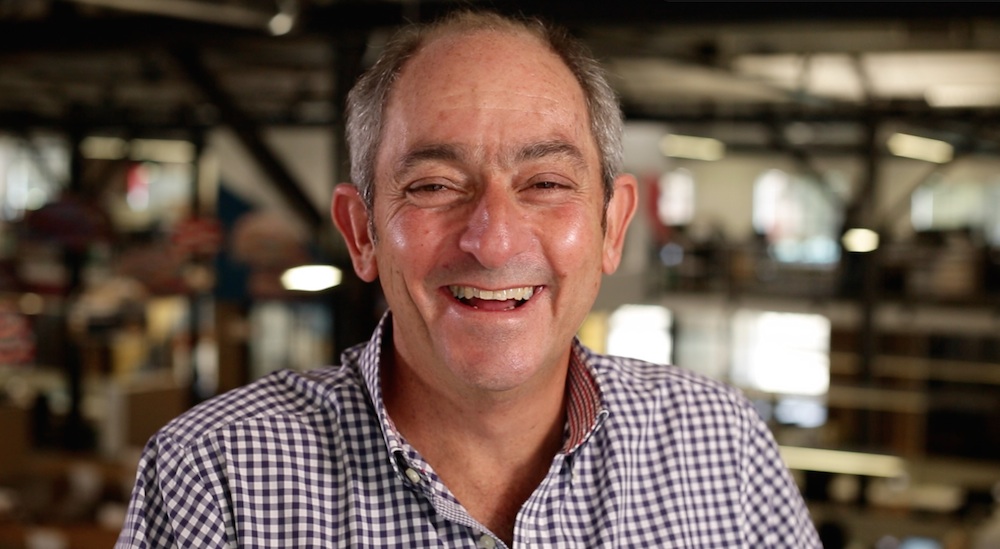
After recapping on some of Nando’s ads, ahead of the conversation with Business Art South Africa’s Michelle Constant, the fast-food chain co-founder, Robbie Brozin, says he wishes he could go back to the times when first Nando’s ads were created.
We had no money, he reminiscences about starting Nando’s in 1987 with Fernando Duarte, but a “lack of resource is a wonderful thing”. “Lack of resource, and uncertainty [is great for] ingenuity,” he insists.
Referring to a past Nando’s ad that Constant projected to the audience, Brozin remembers that when the advert was shot, they used chickens in the advert because they couldn’t afford actors.
Today, with restaurants all around the world, Nando’s has grown immensely. “When we started out in 1987, times were bad. That was [before] Madiba’s release and a rough political time. I don’t know how we actually did it. When you fast-forward to today, the times are still challenging, but you need creativity and ingenuity to fix things. We have to turn those challenges [into success].”
Mpumalanga-born Brozin, who stepped down as the company’s chief executive in 2010, rhetorically asks: “If you’re not in business to change people’s lives then what are you doing?” While adding that you “have fun and make money”.
Focusing on South African art and design in Nando’s, Brozin says: “This year, we will open about 80 Nando’s restaurants around the world, [and in some of those restaurants we want] South African tables and chairs. It means we have to be world class.”
According to Design Indaba, each Nando’s restaurant around the world is viewed as a platform for South African art and design. “The company says it has more than 7 500 pieces in its art collection, with the artwork on the walls of its 243 United Kingdom restaurants forming the largest collection of South African art outside of the country.”
Dominic Wilcox (Designer & Inventor)
Popular quotes:
- “Playfulness is the most powerful way of finding ideas.” – Wilcox
- “I treat playfulness deadly seriously. It’s the most powerful way to approach ideas.” – Wilcox
- “There are ideas waiting to be found all around us.” – Wilcox
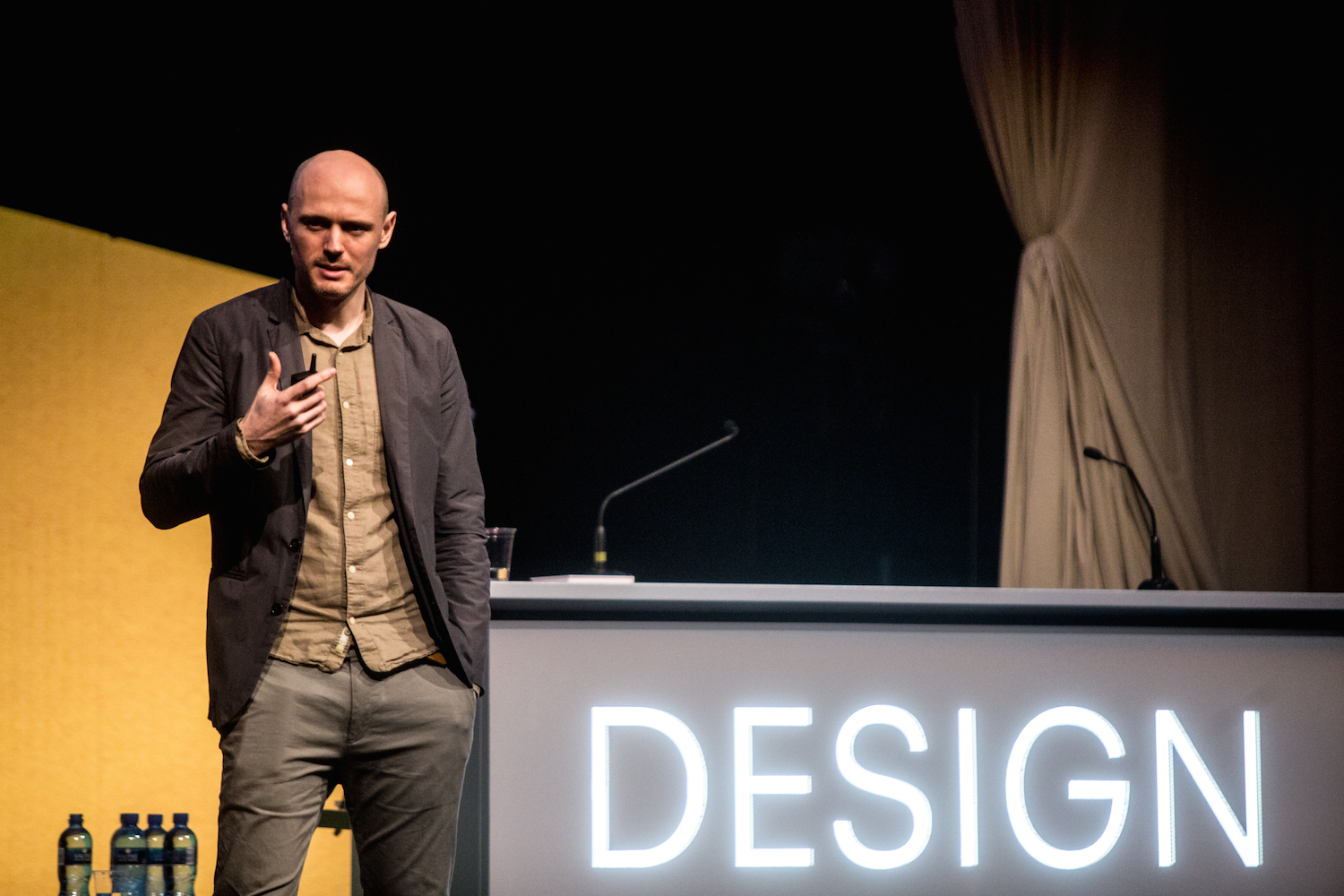
Dominic Wilcox’s work is often labeled as witty, which best describes how the British designer’s mind works. He has come up with some interesting inventions, such as shoes with inbuilt GPS, a Binaudios device to listen to the sounds of a city and slides for falling leaves. He is inspired by any and everything around him. From dough to onion rings, Wilcox finds ideas all around him. One of his amusing inventions is a dual use coffin/work desk which he says is “ideal for those who work hard all their lives and then die”. Wilcox started by showing the audience a photo of his office. In the photo we see him siting in a tree. “This is my office,” he says.
For him, play and work go hand in hand. He uses a playful approach when coming up with ideas. And although his methods and ideas seem absurd, he says: “my work is perfectly logical and I will defend it”. “Making stuff is easier than you think.” He shared his working model with the audience; a model that talks to how one should approach creativity. His tips: look closely at what is around you to avoid a creative block, listen to what people have to say and make the most of what you’ve got.
Wilcox thinks with his hands. He prefers to think “through making” things, instead of “working through a sketch book or laptop”. Even though he encourages a-hands-on, get-your-hands-dirty approach, he still documents his ideas on paper. According to Design Indaba, his inventive drawings, objects and design performances have been exhibited internationally and he has been commissioned by a range of people and brands from Paul Smith and MINI (BMW) to the V&A Museum in London. He published his book Variations on Normal in 2014, which is a book that contains drawings of his inventions. “I like to make objects that tell stories and every project I do is different and I come up with a fresh perspective.”
Roy Choi (Chef & Creator of Kogi)
Popular quotes:
- “I’m not a designer like y’all, but we [Kogi] have shown people a new way to eat with each other. This is social design.”
- “Food is a gateway where we can communicate with each other in a deep way.”
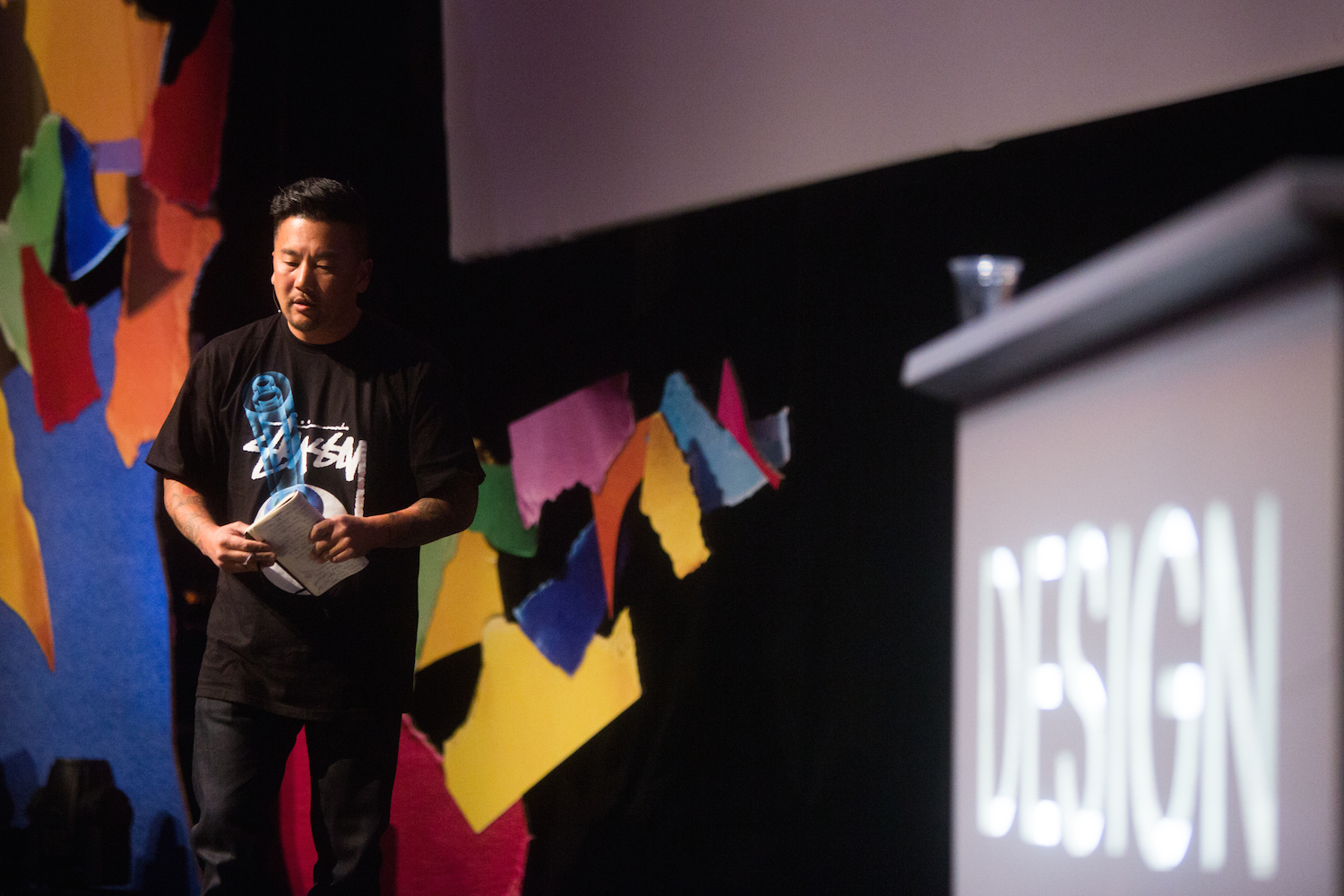
Chef Roy Choi is known as the “godfather of the food truck movement”, after starting a taco truck business called Kogi in Los Angeles. Choi had just been fired from his previous job and couldn’t get a job when a friend approached him with a taco truck idea, which he bought into. His taco truck establishment challenges stereotypes that people who operate taco trucks are dodgy and unhygienic. “Food trucks have now gone world wide. Investors are lining up.”
In 2014 he up teamed with writer/director, Jon Favreau on the movie Chef, which tells the story of an upmarket restaurant chef who quits fine dining and opens a food truck in Los Angeles serving Cuban-style sandwiches. Choi believes Kogi plays a vital role in bringing people from all walks of life together. “My food is spicy, messy, comforting, challenging and it mixes culture together. It tastes like a grandma cooking for you,” he explains.
Choi says people often say he is “too idealistic”, but that doesn’t bother him because he has big plans for the taco truck movement.
“We want to flip fast food on its head and challenge all those fast food franchises that poison our communities.
“Don’t be scared to challenge big conglomerates [as small businesses]”.
Stefano Giovannoni (Designer & architect)
- Popular quote: “I want to show that design is not a matter of [making a ] good design but a reflection of our historical period.”
Designer and architect Stefano Giovannoni is a great example of how to adapt to change as a designer and how you should always be innovative. He has been in the design business for over 25 years and has produced work for brands such as Alessi, Magis and Samsung. He says his aim has always been to bring design and pop culture together through his design and to open up design to the younger generation that isn’t familiar with the technicality of the art. Giovannoni is passionate when he talks about the marriage between design and technology. He has worked on products such as the slimmest cellphone and foldable smart glasses.
He developed the Z5 Nubia smartphone for ZTE, which is one of the top thinnest designed android smartphones. Giovannoni’s Bombo stool for Magis is arguably the world’s “most copied” design product. He is aware of the copies and says the duplication of his design products is a problem, but “it was impossible to stop the copying”. This was his second year at Design Indaba.
Rosita Missoni (Fashion designer)
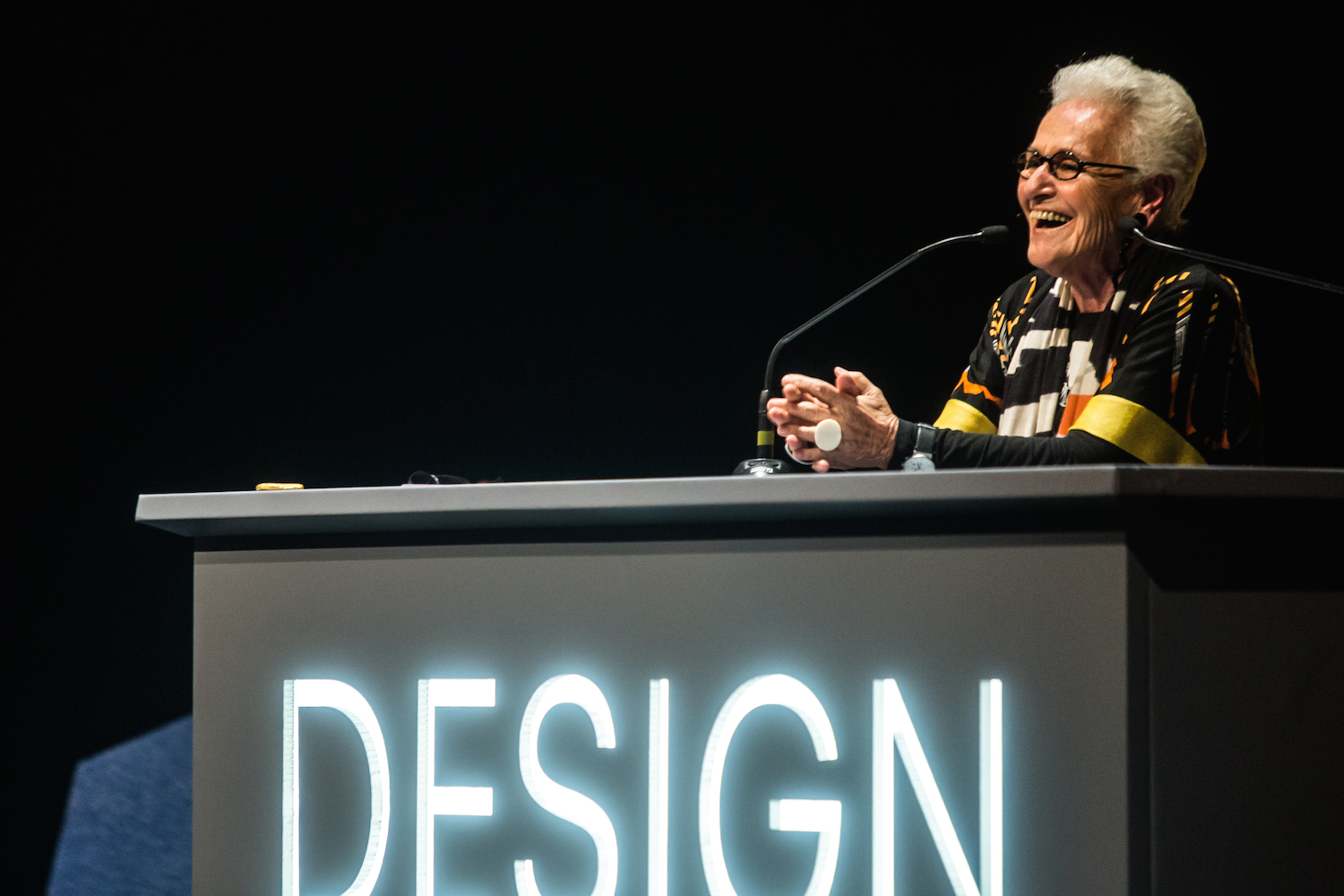
Esteemed fashion designer Rosita Missoni (84) says working for the Missoni Home brand makes her feel alive. She passed on the reigns of her iconic high-end fashion house, Missoni, down to her daughter Angela in 1997, after releasing that she found no pleasure working in the fashion industry anymore. Missoni and her husband, Ottavio, founded the fashion label in 1953. The label is best known for its knitwear designs that are often colourful and made up of zigzag patterns. Missoni decided to be a part of Missoni Home instead because she wanted to design products that will last forever. The home brand designs and manufactures, woven, knitted and embroidered fabrics for apparel and furnishing.
“This job keeps me alive and young and it’s such a joy to have had such a life like the one I’ve had,” she says.
According to Missoni, the difference between fashion and home products is the following: what you do for fashion lasts for a few weeks and then it goes out of style. “This is terrible and frustrating, but items for the home last forever.”